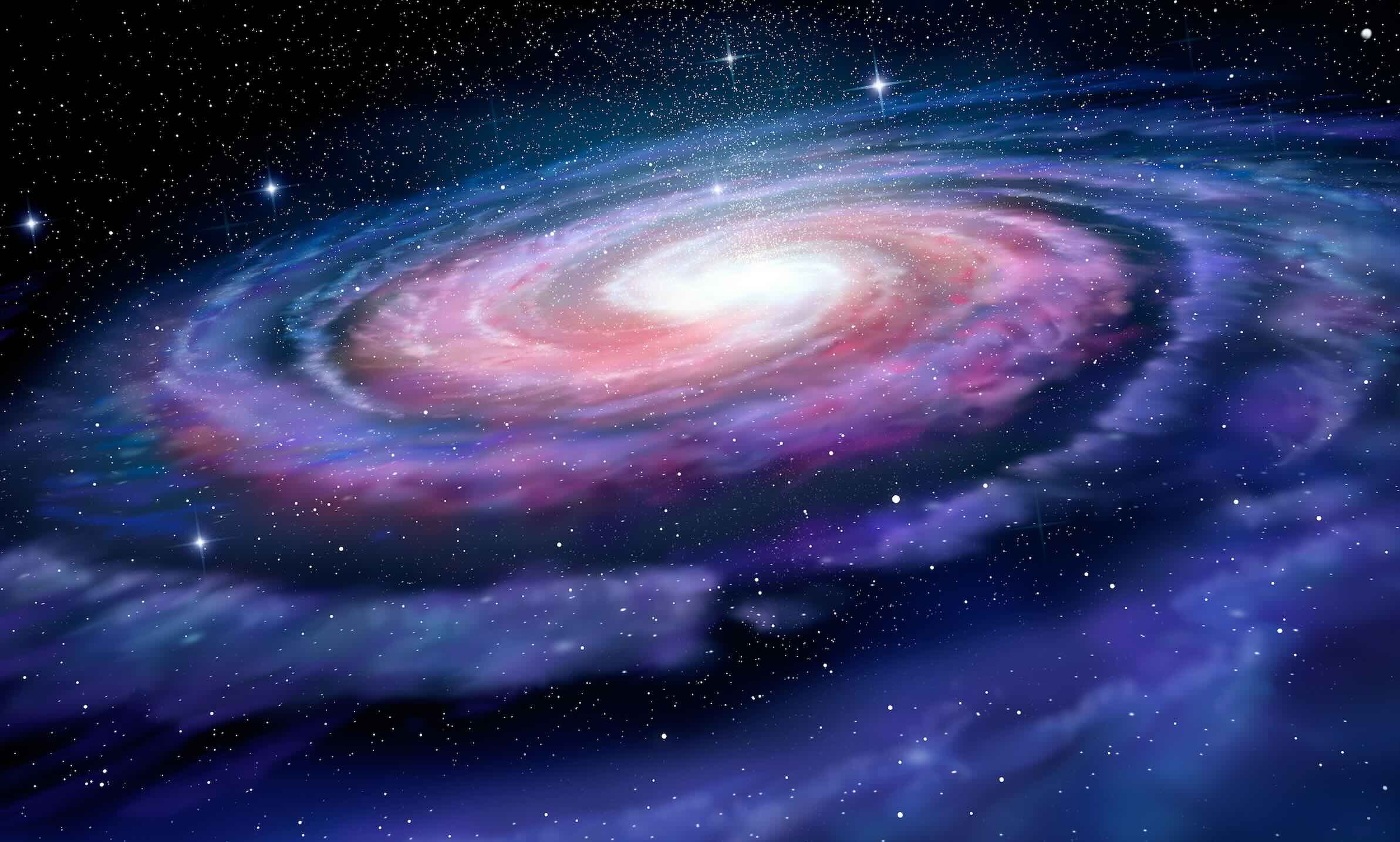
Galactic collisions are among the most spectacular events in the universe. But what exactly happens when two galaxies collide? Stars within these galaxies rarely crash into each other due to the vast distances between them. Instead, the gravitational forces cause galaxies to merge, creating new shapes and triggering bursts of star formation. Black holes at the centers of galaxies can also merge, releasing massive amounts of energy. These cosmic events can take millions of years to unfold, but they play a crucial role in the evolution of the universe. Understanding galactic collisions helps scientists learn more about the past and future of our own Milky Way.
The Milky Way
Our home galaxy, the Milky Way, is a vast and mysterious place. Let's dive into some fascinating facts about it.
-
The Milky Way is a barred spiral galaxy, meaning it has a central bar-shaped structure made of stars.
-
It spans about 100,000 light-years in diameter, making it one of the larger galaxies in the universe.
-
Our solar system is located in the Orion Arm, a minor spiral arm of the Milky Way.
-
The Milky Way contains over 200 billion stars, each potentially hosting its own planetary system.
-
It takes the Sun approximately 225-250 million years to complete one orbit around the Milky Way's center.
Black Holes
Black holes are among the most intriguing objects in the universe. Here's what you need to know about them.
-
A black hole is a region of space where gravity is so strong that nothing, not even light, can escape from it.
-
The Milky Way has a supermassive black hole at its center, known as Sagittarius A*.
-
Black holes can form from the remnants of massive stars after they explode in supernovae.
-
There are three types of black holes: stellar, intermediate, and supermassive.
-
Black holes can grow by absorbing mass from their surroundings, including stars and gas clouds.
Exoplanets
Exoplanets are planets that orbit stars outside our solar system. Here are some cool facts about them.
-
The first confirmed exoplanet was discovered in 1992, orbiting a pulsar.
-
As of now, over 4,000 exoplanets have been confirmed by astronomers.
-
Exoplanets can be found in a variety of sizes, from Earth-like to gas giants larger than Jupiter.
-
The habitable zone, or "Goldilocks zone," is the region around a star where conditions might be right for liquid water to exist.
-
Some exoplanets have been found to have atmospheres, which could potentially support life.
Nebulae
Nebulae are vast clouds of gas and dust in space. They play a crucial role in the life cycle of stars.
-
The Orion Nebula is one of the brightest nebulae and is visible to the naked eye.
-
Nebulae are often the birthplaces of stars, as the gas and dust within them can collapse to form new stars.
-
There are several types of nebulae, including emission, reflection, and planetary nebulae.
-
The Crab Nebula is the remnant of a supernova explosion observed by Chinese astronomers in 1054 AD.
-
Some nebulae, like the Horsehead Nebula, are famous for their distinctive shapes.
Galaxies Beyond
The universe is filled with countless galaxies, each with its own unique characteristics.
-
The Andromeda Galaxy is the closest spiral galaxy to the Milky Way and is on a collision course with it.
-
Elliptical galaxies are more rounded and lack the distinct spiral arms seen in spiral galaxies.
-
Irregular galaxies do not have a defined shape and often appear chaotic.
-
The Hubble Space Telescope has captured images of galaxies billions of light-years away, giving us a glimpse into the early universe.
-
Some galaxies, known as active galaxies, have extremely energetic cores powered by supermassive black holes.
Cosmic Mysteries
The universe is full of mysteries that continue to baffle scientists.
- Dark matter, which makes up about 27% of the universe, is invisible and only detectable through its gravitational effects.
The Final Frontier
Space is full of wonders and mysteries. From black holes to supernovas, the universe never ceases to amaze. Galaxies are like cosmic cities, each with its own unique features and stories. Stars are born, live, and die in a spectacular dance that spans billions of years. Planets orbit these stars, some potentially harboring life. Asteroids and comets zip through space, sometimes colliding with planets and causing massive changes. Dark matter and dark energy make up most of the universe, yet we know so little about them. Telescopes and space probes help us explore these distant realms, bringing back incredible images and data. The more we learn, the more we realize how much there is still to discover. The cosmos is a vast, unending frontier, and our journey to understand it has only just begun.
Was this page helpful?
Our commitment to delivering trustworthy and engaging content is at the heart of what we do. Each fact on our site is contributed by real users like you, bringing a wealth of diverse insights and information. To ensure the highest standards of accuracy and reliability, our dedicated editors meticulously review each submission. This process guarantees that the facts we share are not only fascinating but also credible. Trust in our commitment to quality and authenticity as you explore and learn with us.
